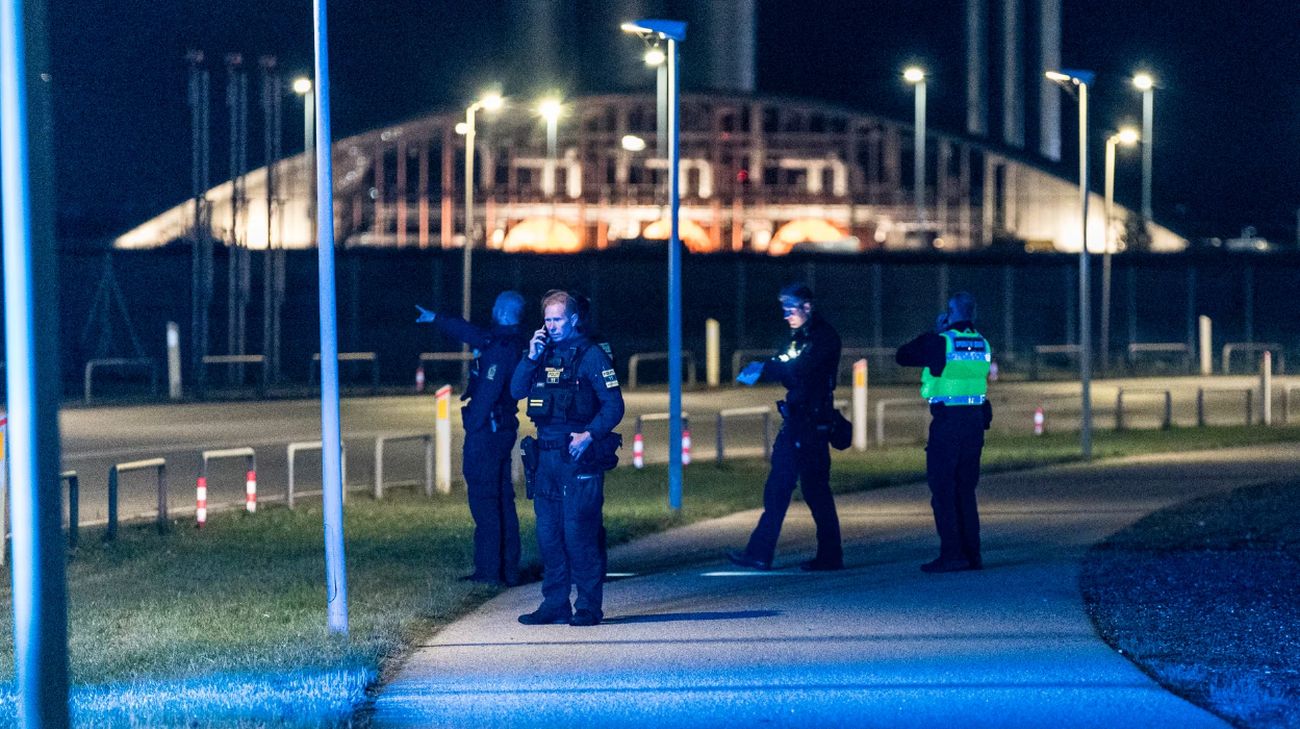Airports in Denmark and Norway shut down due to unidentified drones: new escalation in northern skies

On the evening of September 22, the airspace over two Scandinavian capitals—Copenhagen and Oslo—was disrupted by unknown unmanned aerial vehicles, prompting extensive security measures and temporary closures of local airports.
This incident marks a new escalation involving large drones in the northern region, raising concerns among Western security agencies.
Authorities in both cities launched operations to locate and detain the drones and their operators, as well as increased airspace security protocols.In Copenhagen, officials confirmed the presence of approximately two to three large drones flying near key infrastructure and the airport.
As a result, the airport was shut down for all flights, with several departures canceled or redirected to Malmö.
Airport spokespersons confirmed to Reuters that all air traffic was halted but declined to provide further details.
Later, it was reported that due to fuel shortage, one aircraft had to make an emergency landing, a consequence of sudden airspace restrictions.Similarly, in Oslo, military radar detected drones overhead the Akershus Fortress around 9 p.m.
The Norwegian police responded swiftly, detaining two Singaporean citizens related to the incident.
Around 11:30 p.m., drones appeared again over Oslo Gardermoen Airport.
Initially, traffic was rerouted to one runway, but after another drone was spotted, the entire airport was closed.
A communications officer confirmed that the airspace had been closed due to the latest drone sightings.These events follow recent tensions, including the incursion of three Russian MiG-31 fighter jets into Estonian airspace for about twelve minutes on September 19.
Also, Russian aircraft reportedly violated Finnish and Polish security zones in the Baltic Sea, with two Russian planes flying dangerously low over the Petrobaltic oil platform near Poland, and German Eurofighter jets intercepting a Russian reconnaissance plane IL-20M over the Baltic Sea.
These developments highlight increasing regional security challenges requiring heightened vigilance and diplomatic attention.

